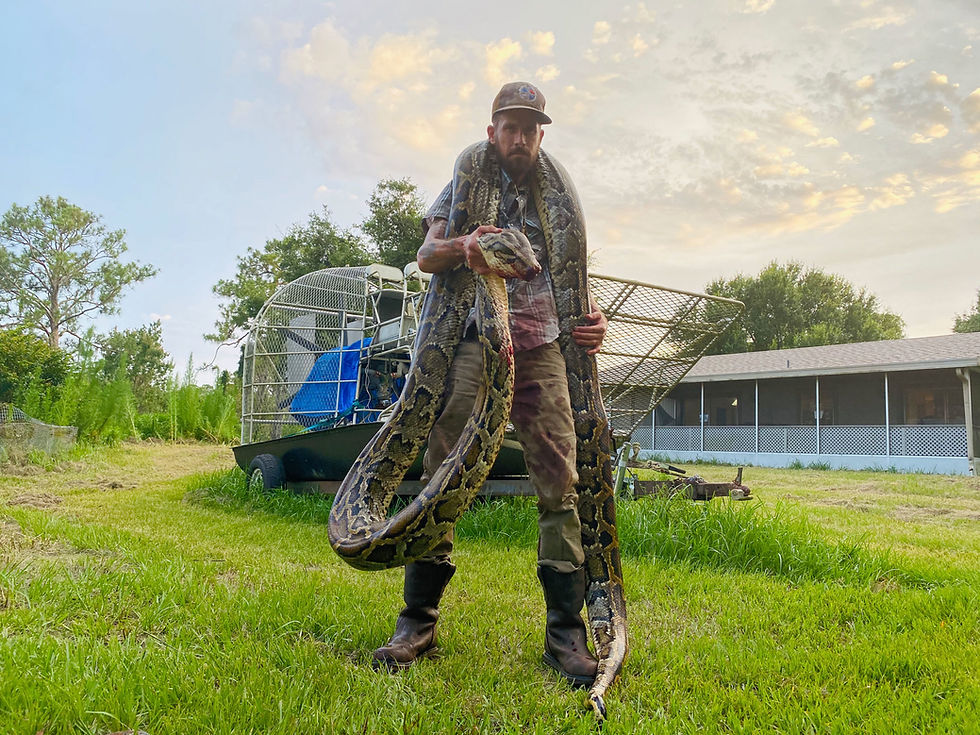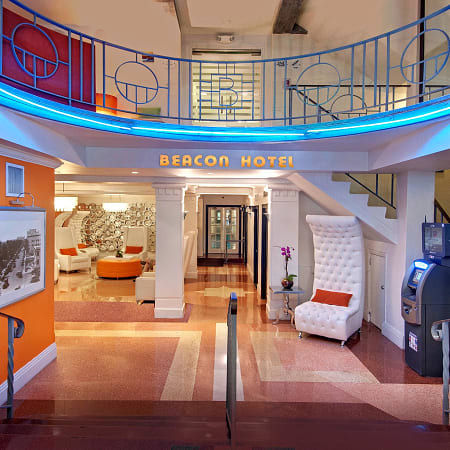Everglades National Park
- The Agricoutourist

- Mar 2, 2022
- 5 min read
Read up to your frustration point. Editing takes time I don't have. Too much to see and do without having to go back and make sure it's all perfect. Thanks for joining us. Headed to ECHO Global Farm next! https://echonet.org/
We just completed our first tour of Everglades National Park. Koestler, my middle child, and myself have been knocking out parks since before she could speak. We have been to about half of our 63 official National Parks and she says she has around 15 Junior Ranger badges. We were more than happy to have my adventurous niece,Mary Michael (MM) Key, join us and grateful for my brother David to escort us on this adventure. The plan is to explore the Everglades in an effort to learn more about the measures we need to take in our own backyard to protect our precious wetlands/estuaries. This is my first stop on several environmental and agricultural systems we will visit. Grateful to have these two eco conscious teens to help me find ways to interpret the importance of protecting our wild spaces and my brother as our driver, scout, cook, etc.

At 18, Koes refused to get here Junior Ranger badge so I had to get it. Thus, I really learned a lot this trip! Ok, they pitched in a bit once I got the booklet. To be fair, I did have a little help from my three companions. To clarify our team we have: my brother David - 37 or so, and my two AP environmentalists, niece MM Key, and daughter Koestler. Please don't judge our gear as we are somewhere between camping and well - not. David isn't on social media so he won't see all his bad pics (below is a real bad of David. He's more normal than that pic we think). MM is sporting the Skunk Ape hat she bought her dad in support of his best seller The Beast - one of my favorites of his https://wattkey.com/books-2/beast/


The Everglades is huge. At 1.5 million miles, it is the third largest national park; the first being Death Valley and second, Yellowstone. We entered from the quieter, Gulf Coast end around midnight and stumbled around in the dark, sleepy campground until we found what we hoped was our reserved Chickee hut. These structures are traditional structures of the Seminole Indians and they pepper the Everglades, this part of 41 anyway. It’s pretty much just camping but a great way to experience the Everglades in the cooler months. The stars were incredible and our little chickee’s balcony overlooked the swamp and sawgrass, allowing us to see and hear the abundance of wildlife.



Upon waking up and observing our surroundings for the morning, we headed out to Everglades City for breakfast and some planning. We had decided to push through the 11 hour drive, leaving us with a full day ahead. We picked up ‘our” junior ranger packet at the Gulf Coast Visitor Center and hopped on a boating expedition into the Everglades. This part of the park, excepting the mangroves, is very similar to our Mobile Bay Estuary and the Tensaw. As a result, we saw much of the same wildlife and completed our entire bingo sheet in our JR Book.
The Everglades has the second largest mangrove forest in the world.


Mature manatees weigh from 800-2000 lbs and are the closest relative to the elephant.


Two bald eagles have been returning to this nest for 3 years now.

Birding in the Florida Everglades is some of the best where you might see as many as 300 bird species. The best birding season is from December to March. That's the winter dry season when birdlife concentrates mostly around the permanent bodies of water, which makes them quite easy to observe.






Hurricane Irma left a pretty big mark on the Everglades and the mangroves looked pretty bad. But, the ranger explained that this was their job as the lead vegetation on the barrier island and that they kept the inland storm surge at 8 feet as opposed to the 20 it would likely had been without the protection of the barrier islands and their specialized ecosystem. The mangroves - the first line of defence, saved the rest of the inland Everglades and surrounding towns.

Once you get into the Everglades, it doesn’t take long to understand how choreographed and fragile this entire system is. It is for this reason that it was made a National Park, not because of some single amazing land feature, but because of the highly choreographed relationships between all of its native flora and fauna. I say native, because like many wetland areas, this system is threatened by several invasive species that are not part of the dance. Not a healthy one anyway. The rogue Burmese Pythons, accidently released from a breeding center after hurricane Andrew, have already decimated the Everglade rabbit population along with many other long time residents of this ancient space. Locals are paid to hunt and kill them but it hasn’t seemed to change the fate of many animal families in their path. The wild hog bbq didn’t even have any wild hogs due to the pythons eating so many of their young. That’s not such a problem, as the hogs are invasive as well and a problem we experience in our wetlands too. But the fact that the pythons have wiped out a species that has been successfully breeding here since the Spaniards brought them centuries ago is telling to the impact their presence in the Everglades is having.
Here's a neat story from 2020 - https://www.winknews.com/2020/07/29/slithery-milestone-5000-pythons-captured-in-everglades/ describing the 5000 caught since 2017

We asked about the darkness of the water and were told that it was due to the tannins in the leaves of the mangroves. In fact, the mangroves not only protect the Everglades, provide shelter and habitat for millions of critters, but they start the entire food chain as they drop their leaves into the water.

After getting off the boat, we drove around Everglades City before deciding to take an off road driving tour in our vehicle. This turned out to be a great idea as we were able to see so much wildlife up close and, as it wasn’t in the park, I was able to grab a few smaller air plants to bring back to class. It was incredible to see these bromeliads blooming all over the trees and as large as bushes at the top of the canopy.










We ended up around Homestead where we finally found a grocery store and decided to eat the rest of our dinners camp side as there really wasn’t much too choose from in our area. David’s a great campfire cook so I was excited about the direction this was taking and MM could get a true campfire experience as this was her first time camping outside of Illahee summer camp.

One of the more mysterious creatures of the Everglades is the Skunk Ape. He’s different from Big Foot for a few reasons but mainly for his stink. In asking about where we could find more information on this guy, we were directed to the Skunk Ape Headquarters. Turns out this was our campsite all along and there was a small museum our residence gained us free entry to. There were a few foot casts and some questionable pictures but mainly lots and lots of snakes and alligators in cages.


Part of our campground yard art.
Our second and final full day in the Everglades was spent completing our JR Ranger booklet via airboat into the mangroves and a tram ride through the sawgrass up to the observation tower at Shark Valley Visitor Center.















Our guide was really into it!



We packed out of our Chickee hut, left David in a tent and, with MM taking the wheel, headed to South Beach for some de-camping and fun!

To the right is the staircase where the hotel shootout took place in Scar Face.






Kinda retro






















Comments